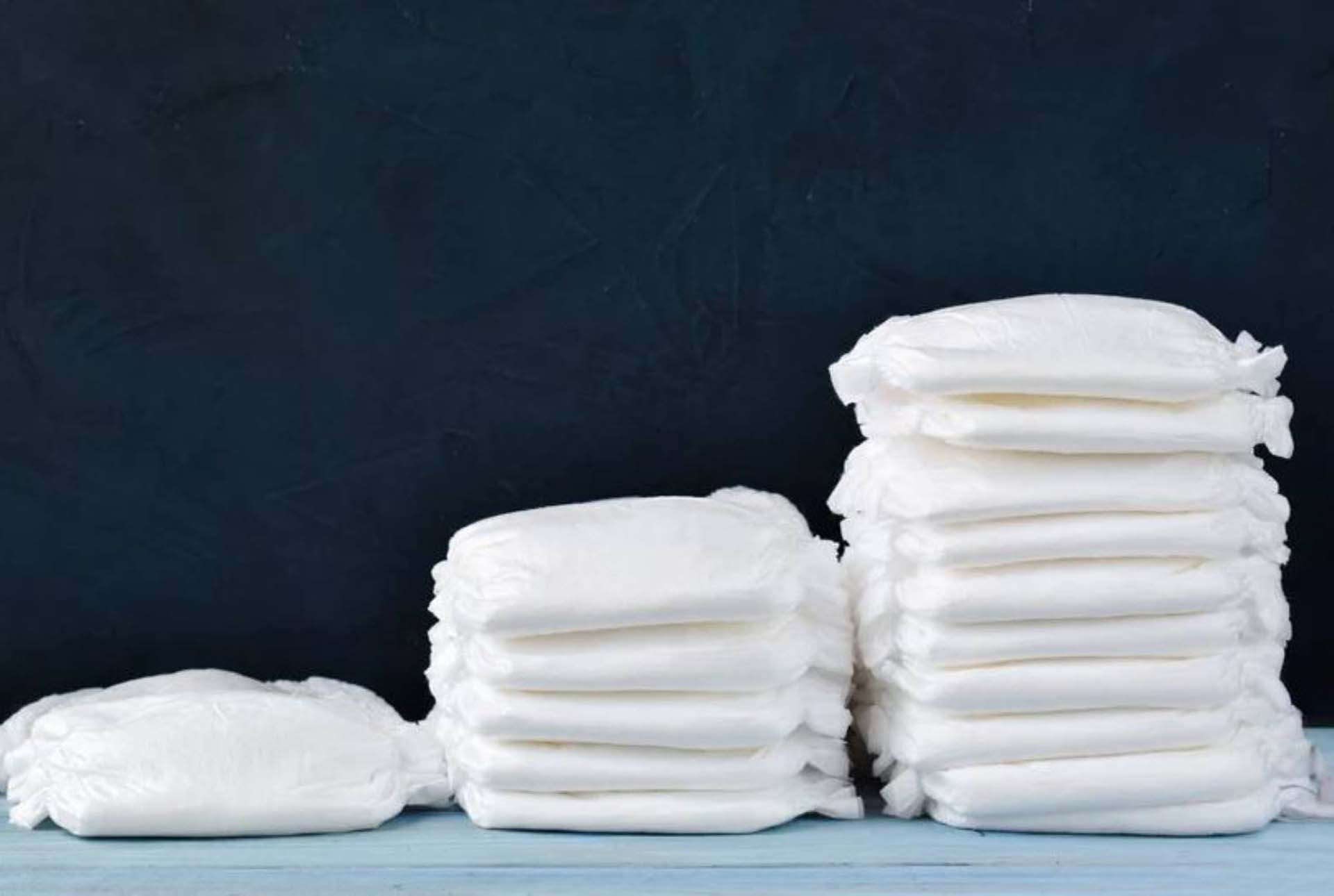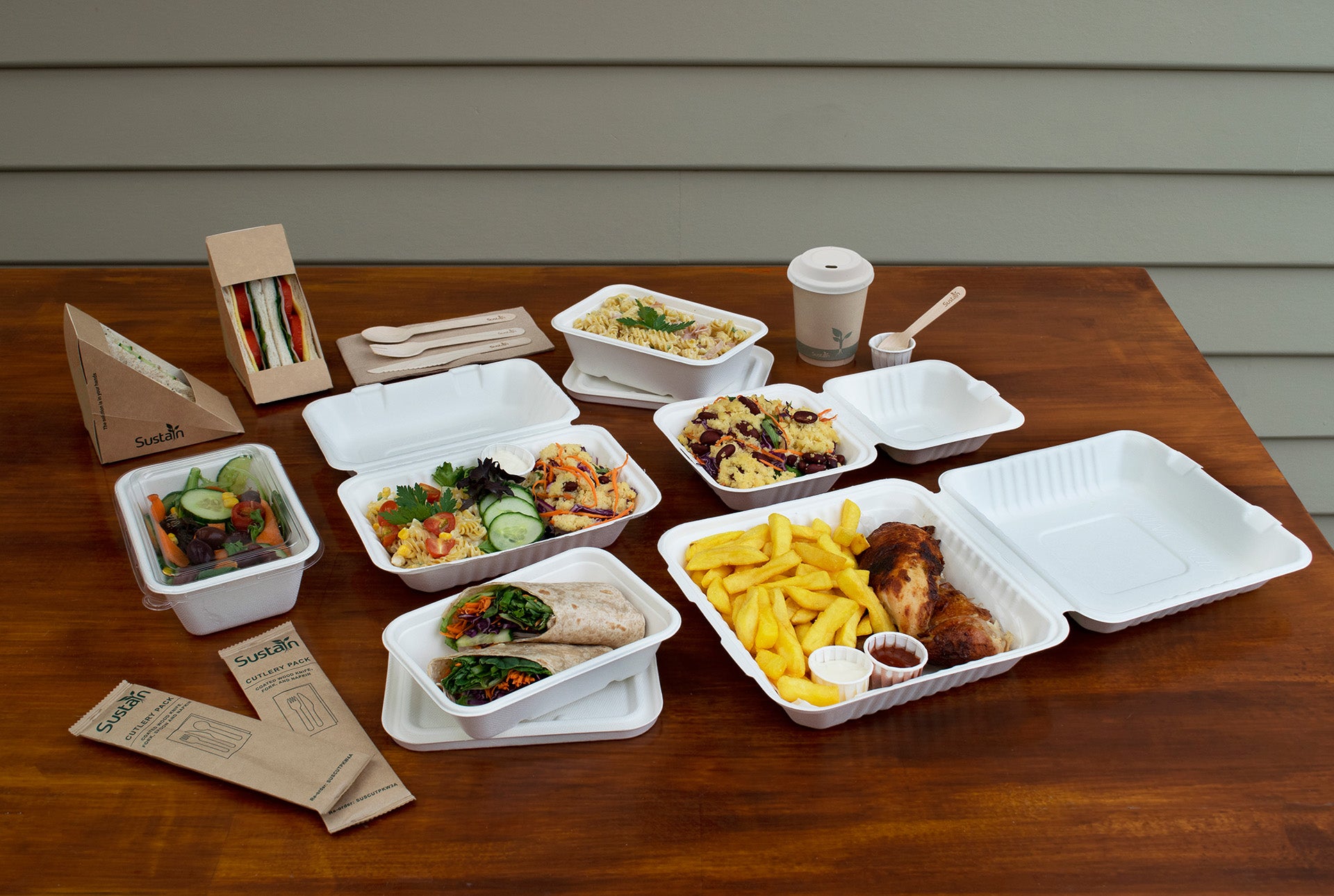Incontinence affects over 5 million Australians and can be confusing and difficult to manage for individuals as well as families and carers. There are a wide range of incontinence products and aids available so discovering which ones suit your individual needs best is key to effectively managing the condition.
Why is Choosing the Right Incontinence Product So Important?
Choosing the right incontinence product is important as they can impact the user in many ways. As incontinence is to some a shameful topic, finding the right products that are discreet and user friendly, allows those with continence problems the ability to maintain their dignity by concealing the aid or being able to apply the aid without help.
The incontinence aids that you choose must be comfortable and breathable. This is important for the user as dermatological conditions are common with those who have incontinence.
Incontinence aids must also fit properly and have the right level of absorbency to reduce the risk of skin irritation and discomfort that can be caused by the aid. The irritation and discomfort of the aid is usually caused by high pH levels in the urine that may sit against the skin for an extended period of time.
When deciding on products to use for continence management, it’s important to maintain dignity and confidence of those with incontinence. Only 31% of people having issues with incontinence will actually receive help from health professionals because of the shame surrounding incontinence.
Wearing the right products can help you complete daily activities without worrying about leakage and unwanted odours. Using these aids will allow independence, contributing to your overall wellbeing.
If continence aids don’t fit properly, urine and faecal matter can contaminate clothing and surrounding areas as well as, affect your skin health. You may find that the skin surrounding the aid becomes inflamed and damaged due to the bacteria in urine and faeces making the skin more alkaline.
Factors to Consider When Choosing Incontinence Products
Choosing The Right Type of Product
Identifying the right incontinence product is crucial in aiding the various kinds of incontinence. There are specific products designed for faecal incontinence, exercise incontinence, and functional incontinence.
For example, products tailored to faecal incontinence must have high upstanding barrier edges and strong elastics to contain stool and prevent leakage. Those who experience incontinence but still want to remain active without fear of leaking, will be better suited to liner, which can be changed and worn discreetly.
By identifying and understanding the specific type and cause of incontinence your dealing with (an assessment from a doctor or healthcare professional can aid in this process), you can make an informed decision when selecting the appropriate incontinence product.
Different Absorbency Levels
Once you decide which style of continence aid you require, figuring out which absorbency level works best is the next step. The amount of urine loss is important when it comes to choosing the right continence aids.
Absorbency level is a method incontinence aids use to describe the amount of urine the product can absorb without leaking.
A lot of incontinence products will feature packaging with absorbency labelling systems like a drop system or specific colour coded packaging to help you find the right product. Different continence aids within the same brand will also vary on absorbency levels so be certain to check individual products. So, when are low, medium, or heavy absorbency products required?
For examples, if you’re looking at Abena continence aids you can use the below table to understand their colour packaging system:
|
Product Name |
Pack Colour Code |
Total Absorbency |
Incontinence Flow |
|
Yellow |
200 ml |
Light |
|
|
Green |
1100 ml |
Light to Moderate |
|
|
|
Blue |
1100 ml |
Light to Moderate |
|
|
Green |
2400 ml |
Moderate to Heavy |
|
|
Green |
2800ml |
Moderate to Heavy |
|
|
Blue |
2400 ml |
Moderate to Heavy |
|
|
Orange |
1400ml |
Light to Moderate |
All the above incontinence products come in varying absorbency levels within those ranges so be sure to look at a specific brand indicator when looking for incontinence aids.
Identifying the amount of leakage occurring, matching it to the correct absorbency level and then finding the best product that can comfortably manage the flow is key to perfect incontinence management.
Identifying Product Size
Alongside the style of the continence product and the absorbency required, you also need to be able to find the right size.
When it comes to sizing, remember that absorbency level has nothing to do with product size. In fact, if a product is too large it actually increases the risk of leakage as it will not fit the body correctly.
On the opposite end of this, if an incontinence product is too small or ill-fitting it will be uncomfortable for the wearer and potentially cause possible skin irritation or even Incontinence Associated Dermatitis (IAD).
The best fit of an incontinence aid can be determined by measuring the hip circumference of the user. With a measuring tape, stretch it around the widest part of the hips and roughly 10 centimetres from below the navel.
Once you’ve found the correct measurements, use the size guides on the incontinence product packaging to find the perfect fit.
Mobility and Lifestyle Considerations
Mobility and lifestyle factors are one of the most important things to consider when choosing the correct continence products.
Elderly, disabled or bedridden users will often need help changing themselves, so their continence products should allow for a worker or carer to assist through the use of adhesive strips on either side.
For people with a more active lifestyle, pads or liners may be a better choice as they’re discreet and easy to change without help. When deciding which of the three will work best, think about how the user will be spending most of their time and the level of incontinence they’re dealing with.
Finding the Right Products
Continence aids range from the products mentioned above to the addition of things like mattress and bed protectors as well as fixation pants to secure pads and pull up pants.
Choosing the best combination of continence products and applying them correctly in a continence care routine is how you can effectively manage incontinence and maintain a high quality of life.
Types of Incontinence Aids
The amount or degree of involuntary urine loss that occurs in a sufferer of incontinence is an important factor when choosing continence aids. For instance, a liner will usually be sufficient for light incontinence, whereas moderate to heavy urine loss will require a pull up pant (also known as a brief or slip).
Different incontinence products are specifically designed to manage particular types of incontinence so understanding which products will work best for what type is crucial.
Liners
Liners are a popular form of continence aids and come in a wide range of sizes, styles, and absorbency levels. All these factors work together to minimise the risk of leakage, odours and maximise user comfort.
They can also come in either disposable form (single use) or reusable (washable), like incontinence underwear, and are good continence aids to manage the different forms of urinary incontinence (such as stress incontinence, urge incontinence or drip incontinence.)
Pull Up Pants
These continence aids are specifically designed to help manage moderate to heavy incontinence or double incontinence (the simultaneous loss of urine and faeces). The design of the pull up pant incontinence aid is ideal for preventing leakage due to the high barriers and elastic threads that provide a better fit for the wearer.
Pull up pants (also known as briefs or slips) will usually feature an anatomical design for individual comfort, as well as incorporate extra padding to prevent any strong odours from leaking. They are a discreet option that can be comfortably worn underneath clothing.
For those who may not be able to change themselves or require assistance from a home carer, there are also ranges of pull up pants that feature panels on either side to make changing them easier.
Bed Pads and Protectors
Bed pads and protectors are used as a protective measure for beds and chairs and can be both disposable and washable. These are used as an added layer of protection for incontinence patients.
Abena’s Soft Classic disposable underlay has rapid liquid absorption and has a liquid safe back sheet and edges for extra protection.
Catheters and Penile Sheaths
Penile sheaths for men are used as a way of draining urine without using a pad. These products are sometimes preferred as they can be used overnight and are better suited to men who experience moderate to heavy incontinence.
Catheters are a tube inserted to drain from the bladder directly and can be used in different capacities. They can be used in the short term or long term where needed according to health care professionals.
Skincare and Hygiene Products
Of those who are incontinent, 1 in 4 individuals will also suffer from IAD. With proper skin care regimens and routines, IAD can be prevented with appropriate screening for any redness, rashes, itchiness, pain and inflammation that may be present in those with incontinence.
As part of this process, skin needs to be gently cleansed without water. We recommend cleansing with wet wipes as soap and water can further damage already irritated skin. Waterless washing lotions can also be a great option as they are a mild but effective cleansing solution.
Following gentle cleansing, applying a moisturiser or barrier will help protect and regenerate the irritated skin.
Spray on products like Abena’s 10% Zinc Oxide Spray are  the perfect solution to gentle skin care. When applied, sprays work better as they don’t need to be rubbed into the skin resulting in less friction.
the perfect solution to gentle skin care. When applied, sprays work better as they don’t need to be rubbed into the skin resulting in less friction.
General Tips for Carers of People with Incontinence
Although incontinence affects more than 20% of Australia’s population, there is still a lot of shame surrounding continence-based health concerns. Carers of those with incontinence may struggle to understand and support their patients so here are some tips.
Communicating with your patients is important in maintaining respectful conversations so that you can understand the needs and concerns they may have.
Treating your patients with respect and prioritising their dignity during incontinence management is another way to support your patients. This may mean closing curtains for privacy and being discreet with continence aids.
Routines are a helpful tool to implement in continence management for both carers and patients. Scheduled bathroom breaks and encouraging your patient to maintain hydration throughout their day will help to regulate your patient’s bladder and bowel function.
Remember, it is also essential to change incontinence products often as prolonged exposure of skin to urine can cause irritation or IAD, which can result in other long-term skin issues.
Explore our wide range of continence aids HERE.
Authored by Stephanie Bennett.












